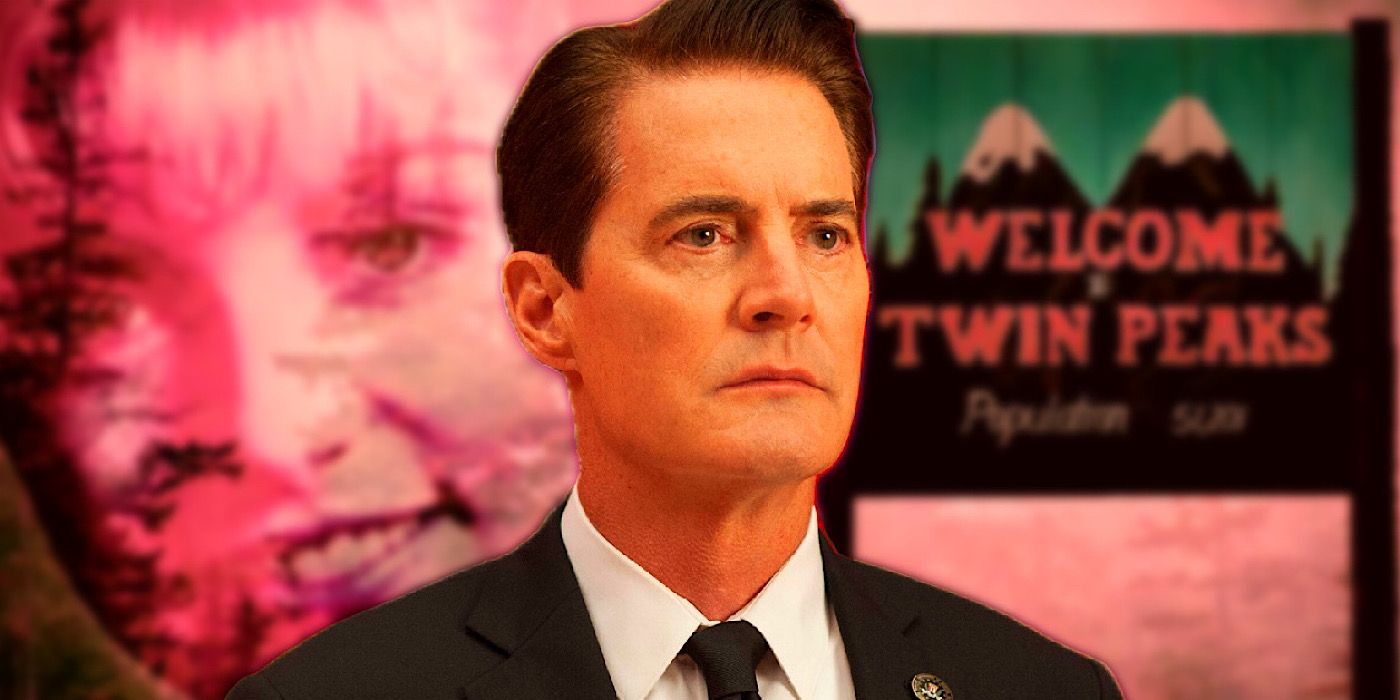Summary
- Twin Peaks was ahead of its time, breaking TV norms with a mix of horror, comedy, and style.
- The series influenced modern television, blurring the lines between film and TV with its cinematic aesthetic.
- Twin Peaks introduced surrealism and a dark side to small town life, inspiring a wave of similar shows.
“Twin Peaks, the series that may change it all,” read the cover of Connoisseur magazine in 1989, months before the show aired on ABC to an audience of 35 million. Viewers had never seen anything like David Lynch and Mark Frost’s show: a surreal serial drama inflected with horror, violence, and comedy all at once. It was true, television would never be the same. Its 2017 revival, Twin Peaks: The Return, reinvented the wheel yet again, and TV continues to get stranger, and better, after its vision.
The extended pilot episode of Twin Peaks aired 34 years ago to the day, April 8, 1990, and in celebration of its anniversary, let's break down why this series is so important.
Twin Peaks Broke TV — Successfully
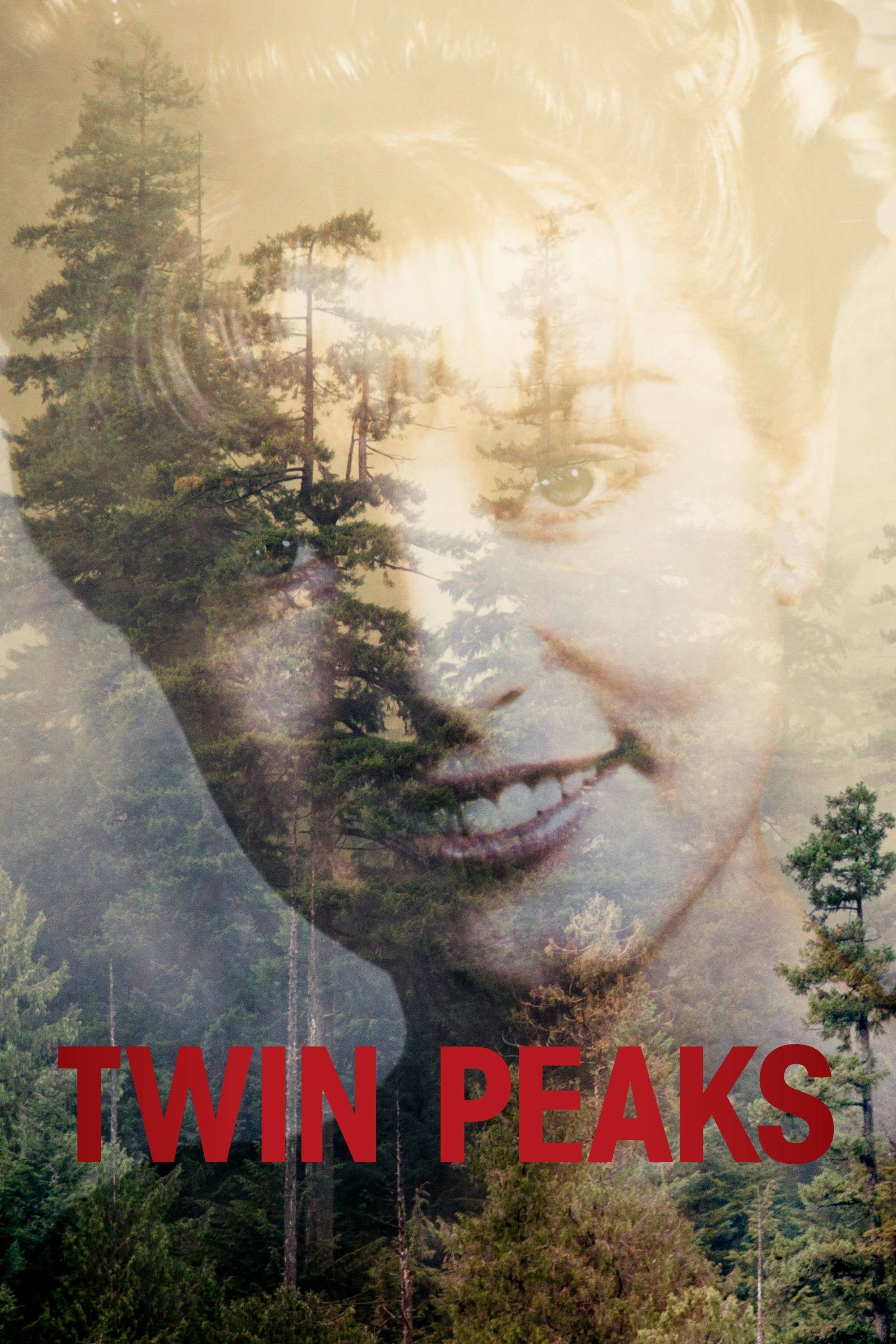
Twin Peaks
- Release Date
- April 8, 1990
- Cast
- Kyle MacLachlan , Sheryl Lee , Mädchen Amick , Dana Ashbrook , David Lynch , Lara Flynn Boyle , Ray Wise , Billy Zane
- Seasons
- 3
- Network
- ABC
- Directors
- David Lynch
- Showrunner
- David Lynch , Mark Frost
The first season of Twin Peaks revolved around a single question that captivated viewers: “Who killed Laura Palmer?” The answer grew stranger and scarier every week. The show became as much about revealing the quirks of its unforgettable town with “damn fine coffee” as it was about solving its central mystery, though; as much about tone and style as it was about plot and character.
Nothing about Twin Peaks was superficial or fleeting, qualities snobby critics sometimes attributed to television. The emotional depth and singular artistic vision stunned the American media landscape into a new, more experimental era of television. The various prestige dramas, soapy romances, and small-town mysteries which premiered afterward all owed a little (and often a lot) to Frost and Lynch's masterpiece.
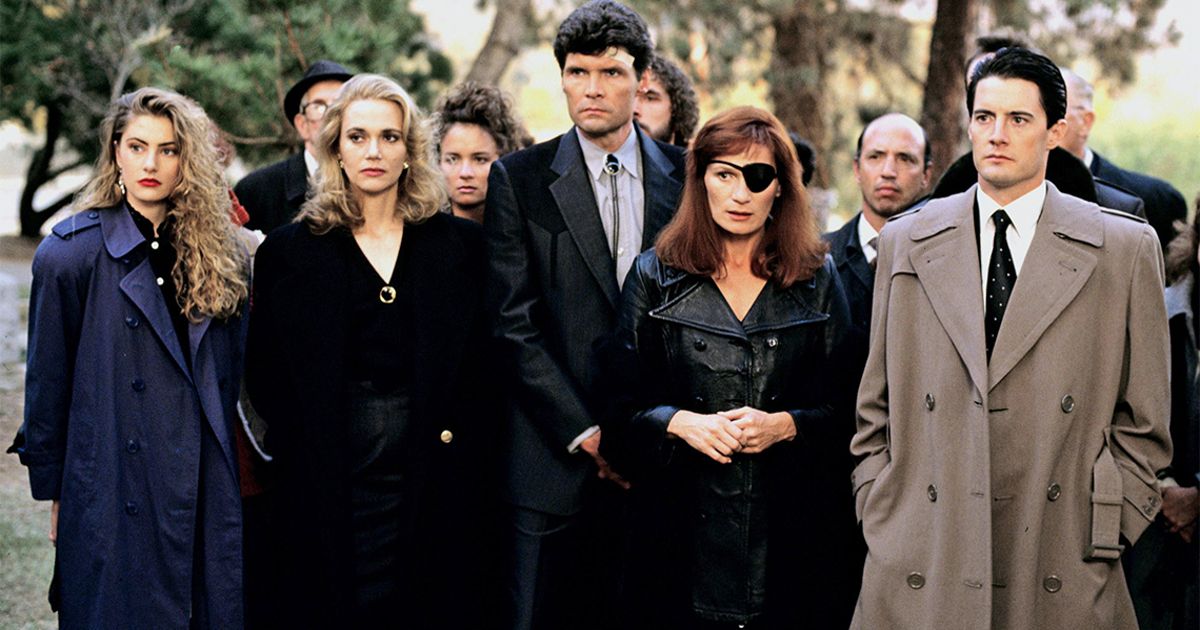
Twin Peaks Cast and Character Guide
Meet the sordid cast of characters and the actors who play them in David Lynch's Twin Peaks.34 years after its original premiere, Twin Peaks still looms large as a mythic force in the landscape of television. Its themes, setting, cinematic qualities, and genre-bending have since been absorbed into mainstream entertainment, influencing everything from The X-Files to True Detective. Before we get to that, it's important to note that not only was Twin Peaks critically acclaimed and bizarre, but it was also appreciated and quickly adored by audiences, in delightful contrast to what critics and executives thought at the time. Here's Ken Tucker in Entertainment Weekly's original 1990 review of the show:
"Cynical, anti-art NBC Entertainment president Brandon Tartikoff has phrased it perfectly: 'I probably would want to live in a country where something like (Twin Peaks) could work,' he told The Washington Post, 'but I suspect it will be a tough road for them.' [...] Will Twin Peaks be a hit? Not a chance in hell. (Well, maybe in hell.)"
Is Twin Peaks a Show, a Movie, or… More?
The line between film and television can seem virtually nonexistent these days, and Twin Peaks was one of the first shows to blur it. Lynch’s control over the series wasn’t absolute, but he directed TV in a way no one ever really had before — like it was a movie. Ironically, Twin Peaks has popularized the Lynchian style more than any of his movies did, influencing so many shows to reach for a cinematic aesthetic, not just a televisual one.
The striking noir cinematography and lush soundtrack (by Angelo Badalamenti) evoked cinema. Its dark material, dream sequences, soapy melodrama, mundanity, and horror have drawn plentiful comparisons to Blue Velvet, one of the great films about how the American Dream can become a nightmare. Another cinematic quality was the show’s large ensemble cast, an uncommon feature in the early '90s.
These days, the ideas of lore, cult followings, and fandom are synonymous with TV, but it wasn’t always so. Twin Peaks was one of the first series to cultivate a film-like mythology, prompting spin-offs. The grip of the show extended to other media. It got a prequel with 1992’s Fire Walk With Me, a novel with The Diary of Laura Palmer (by Lynch’s daughter Jennifer), an audiocassette with "Diane..." - The Twin Peaks Tapes of Agent Cooper (by Frost’s brother), and various authorized and unauthorized publications which fleshed out the characters and story.
The show continued to play with the barriers of the form in its 2017 revival, Twin Peaks: The Return, which Lynch famously referred to as an “18-hour movie.” “Television and cinema to me are exactly the same thing,” he told Variety at an early screening. Music also became notably introduced to the medium in the 2017 revival, with many episodes ending with a performance at the town’s bar, The Roadhouse. Few television shows incorporate entire songs, let alone performances by the original artists.
The Return was hailed by some as even more important than the original. Rolling Stone wrote about it with the title, "Why Twin Peaks: The Return Was the Most Groundbreaking TV Series Ever."
Showing the Dark Side of Small Town, USA
Twin Peaks is first and foremost the story of Twin Peaks, Washington. On the surface, it’s a wholesome slice of America, replete with Pacific Northwest staples: coffee, dark wet forests, cozy wood interiors, and red flannel. However, Twin Peaks also made the region a famous setting to explore the darkness that lurks beneath the polished diner counter of Small Town, USA. Media from Twilight to The Killing to popular video game Life is Strange have carried this trend to the present day.
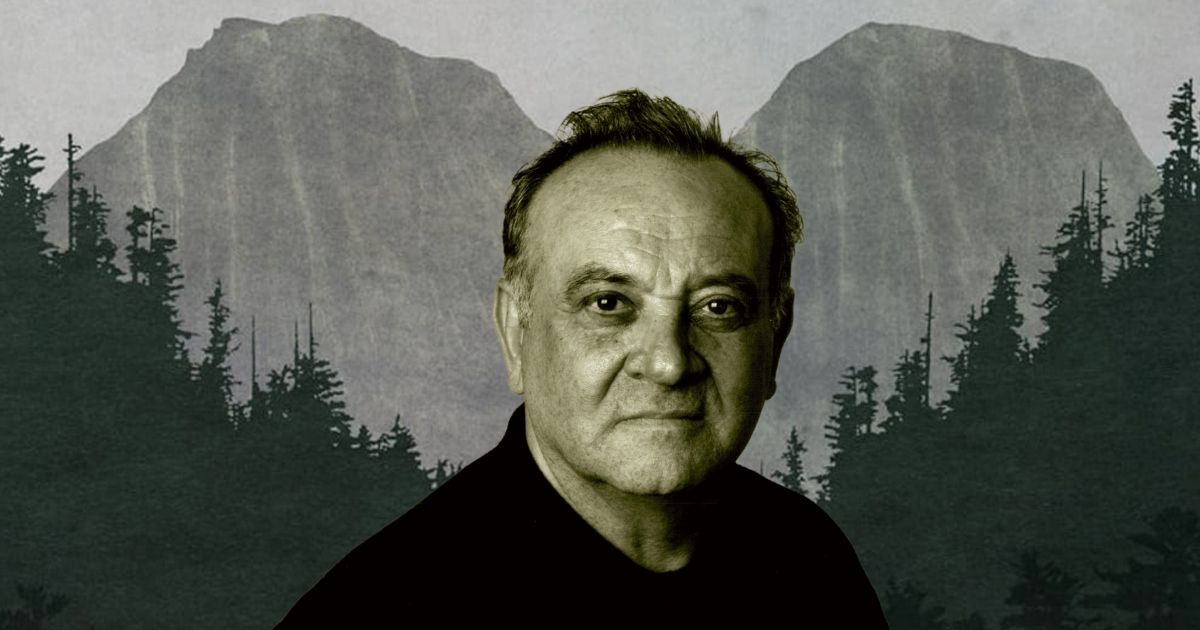
Twin Peaks Forever: The Legacy of Composer Angelo Badalamenti
The composer for many David Lynch titles, including Twin Peaks, passed away, and we'd like to remember him as loudly as possible.The idea of horrors lurking beneath the cheery mundane has become increasingly popular in recent decades. Twin Peaks star Madchen Amick now acts in Riverdale, which bends its source material to the conventions of modern TV but adds a healthy dose of absurdism. It’s set in a small rainy town with a local diner hangout and a dark underbelly — sound familiar? Of course, it’s not just Riverdale — many have toyed with the small town illusion of safety, such as Wayward Pines, Stranger Things, Locke and Key, and even Gilmore Girls.
This trope is growing in popularity in international television. There’s the trippy German Netflix hit, Dark, but let’s not forget Broadchuch, Iceland’s Katla, and two French shows, The Returned and Black Spot.
Wrapped in Plastic: Redefining the Murder Mystery
“She’s dead, wrapped in plastic.” These unforgettable words kicked off the mystery of Laura Palmer’s murder and a decades-long obsession with the “dead girl” as a central figure in American film and television. As scholar Alice Bolin writes, Twin Peaks was the original “dead girl” show, and its popularity proved that American viewers had an appetite for this type of story.
Yes, the show followed Agent Dale Cooper (iconically played by Kyle MacLachlan) as he attempted to solve the crime, but it also explored the emotional impact of the murder on the entire small-town community — a trope that distinguished it from every previous crime procedural and has resurfaced in countless dramas since.
In the decades to follow, countless shows were structured around a single mystery, usually the death of a girl. Think about it: What do The Killing, True Detective, Sharp Objects, Top of the Lake, and Mare of Easttown all have in common? They begin, like Twin Peaks, with the discovery of a dead girl’s body, and they use this mystery as a catalyst to explore provocative thematic territory, just like Lynch and Frost's show.
The Black Lodge, The Red Room: Bringing Surrealism to TV
More than revealing Laura Palmer’s killer, Twin Peaks was about the battle of a small Washington town against a dark supernatural force, the evil spirit Killer BOB from the Black Lodge. In exploring this metaphysical war, Twin Peaks made one of its most profound innovations: incorporating surrealism into the form of television.
Some of the most famous scenes in Twin Peaks take place in the 'Red Room,' a mysterious, extradimensional space home to spirits and backward-talk. Cooper visits the room several times throughout the series, both in his dreams and through a portal in the woods. Here, the normal rules of time and narrative do not seem to apply.
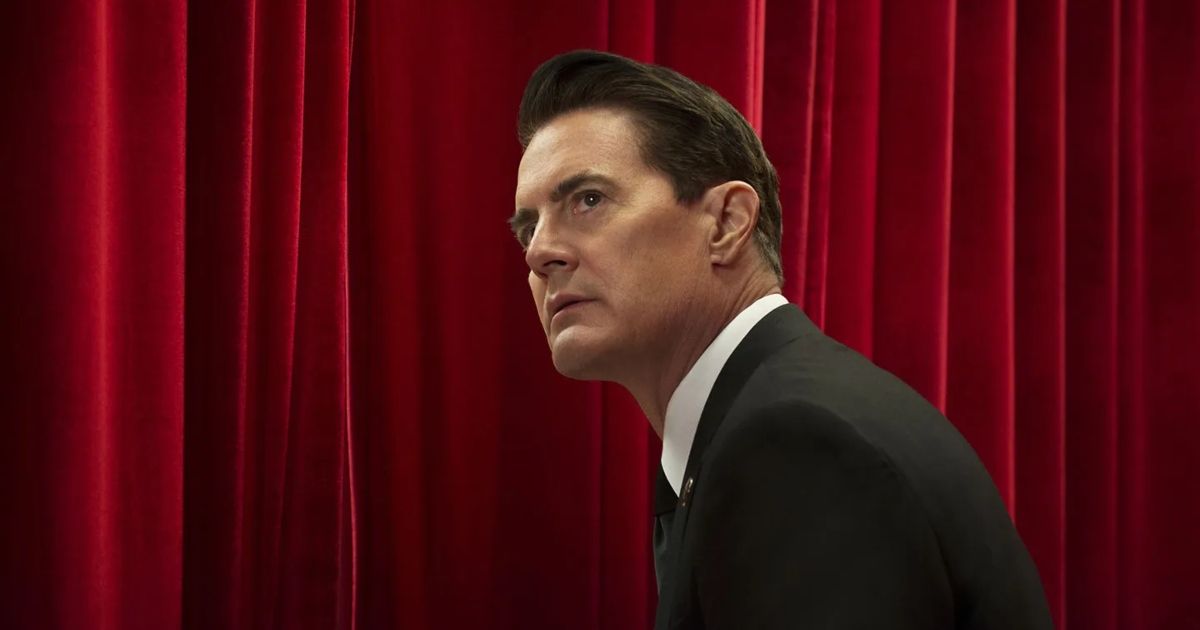
Why Twin Peaks: The Return Is the Best Legacy Sequel
Showtime's 2017 sequel miniseries Twin Peaks: The Return didn’t just utilize nostalgia to be a cash grab.Other shows have since followed in Twin Peaks’ footsteps, incorporating surrealist or supernatural material and dream sequences. Fringe, The OA, and The X-Files have obvious influences, not just of Twin Peaks’ setting and visual style, but its penchant for mind-bending moments. Twin Peaks: The Return pushed the limits of television even further. One episode, Part 8, was 58 minutes of stunning, baffling visuals that were virtually disconnected from the plot up to that point. It was described by Entertainment Weekly as “'The David Lynch on heroin’ we’d been promised.”
No More Happy Endings: Twin Peaks Is Over (Insert Scream)
Perhaps the most telling aspect of the success of Twin Peaks is that it could return as Laura Palmer promised, “in twenty-five years” (just about), and still be received with such excitement. Few shows could ride on their popularity for as long. After the bone-chilling ending to the somewhat lackluster second season, Cooper was trapped in the Black Lodge and replaced by his Evil Doppelganger, and some wondered, would Lynch finally give Agent Cooper and the town of Twin Peaks a happy ending in The Return?
If the original series was any lesson, we should have known the answer: a big, fat no. Other prestige shows had since taken Lynch’s lead and opted for far darker, more ambiguous endings than was expected of TV. When Cooper says “What year is this?" the audience realizes, with a horrific sense of déjà vu and the sound of the most epic scream ever seen on TV, that this is no 'happily ever after.' Yet again, things have gone wrong for Dale Cooper, but they have gone right for television.
Time will tell how the medium continues to shift in response to this latest (perhaps final) installment of Twin Peaks. One thing is certain, though — people will still be talking about it in another 34 years.

